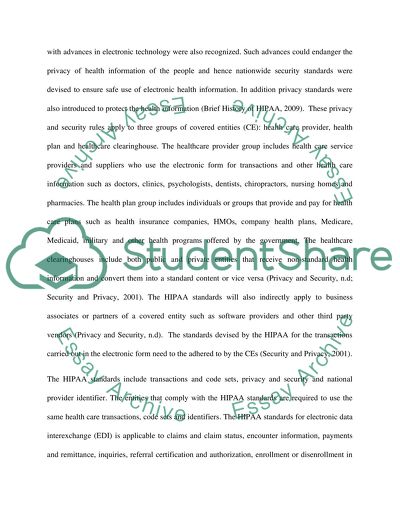Cite this document
(“HIPAA Research Paper Example | Topics and Well Written Essays - 1750 words”, n.d.)
Retrieved from https://studentshare.org/family-consumer-science/1422088-hipaa
Retrieved from https://studentshare.org/family-consumer-science/1422088-hipaa
(HIPAA Research Paper Example | Topics and Well Written Essays - 1750 Words)
https://studentshare.org/family-consumer-science/1422088-hipaa.
https://studentshare.org/family-consumer-science/1422088-hipaa.
“HIPAA Research Paper Example | Topics and Well Written Essays - 1750 Words”, n.d. https://studentshare.org/family-consumer-science/1422088-hipaa.


